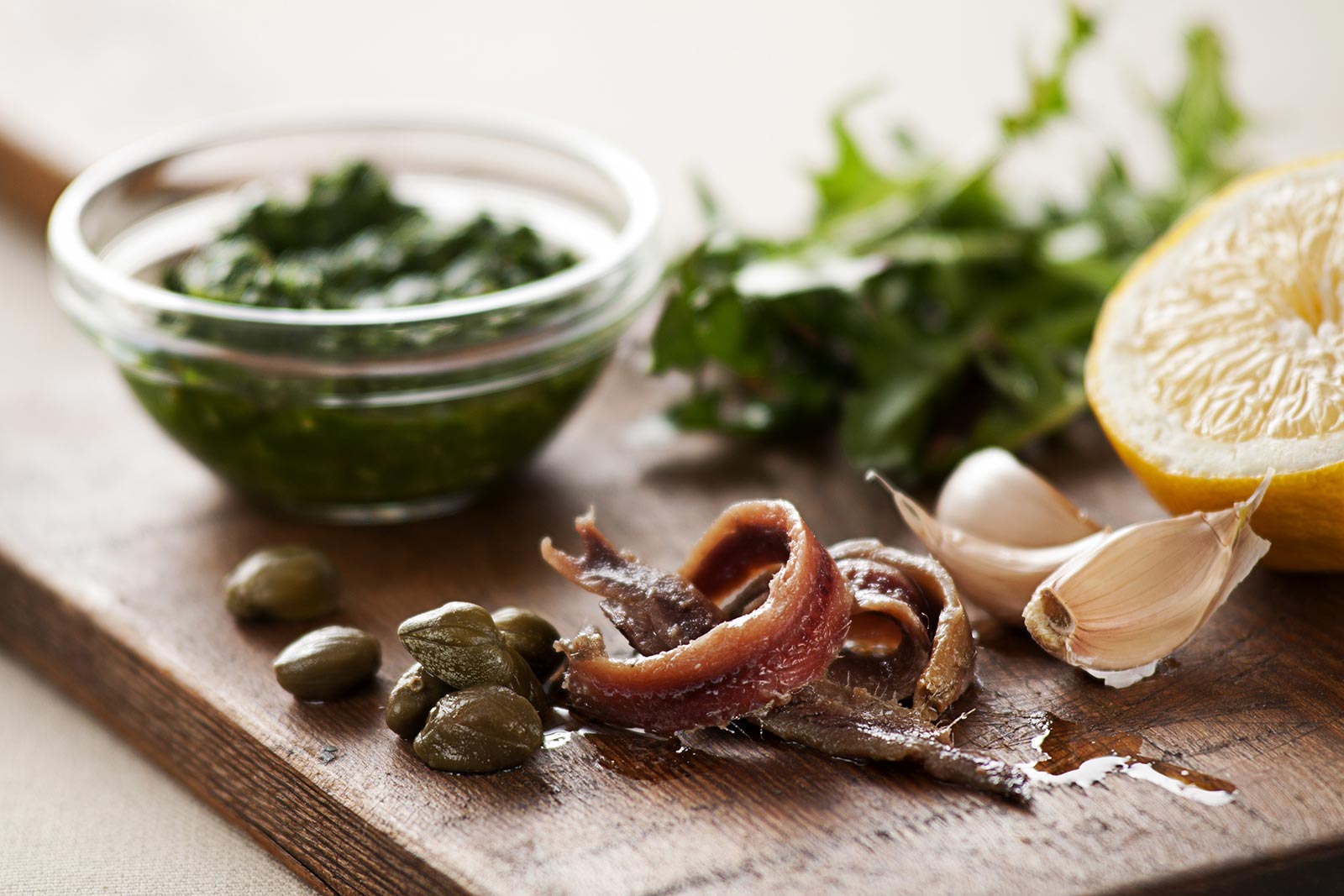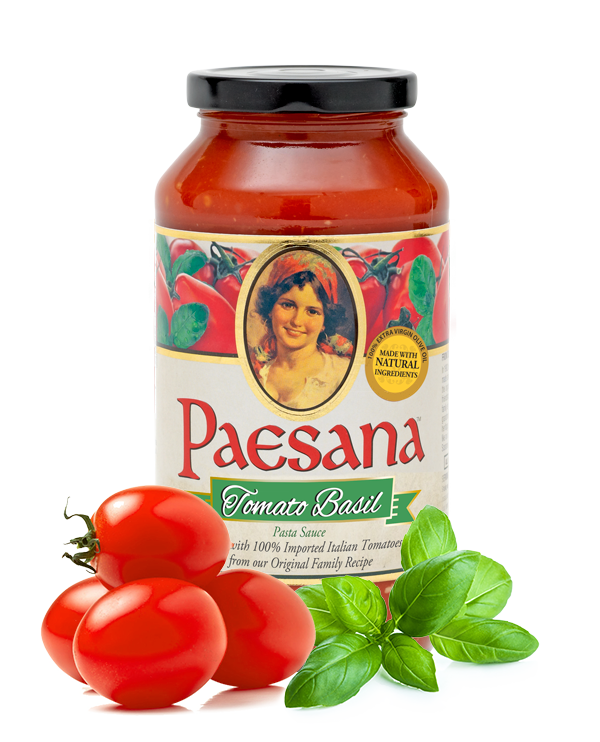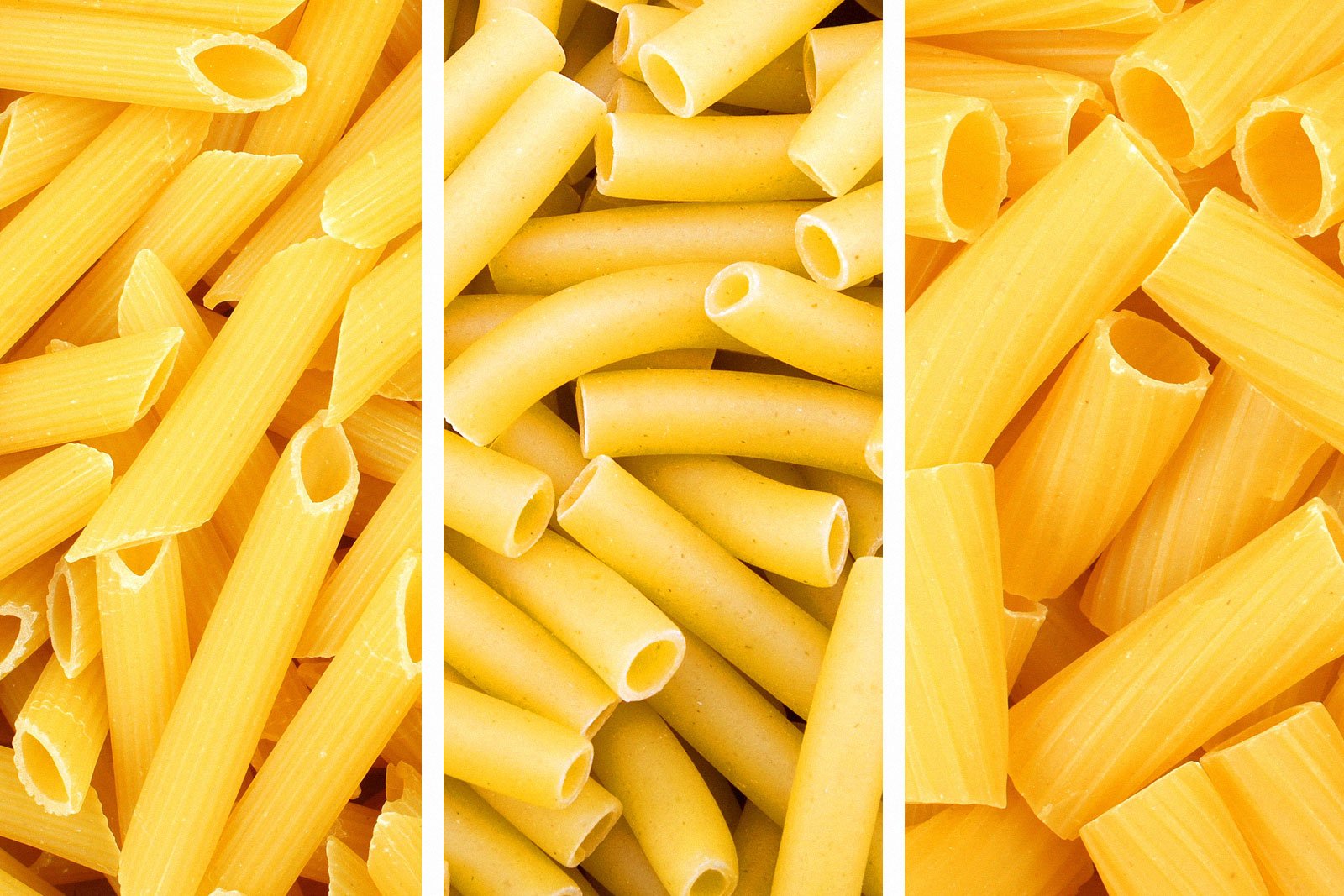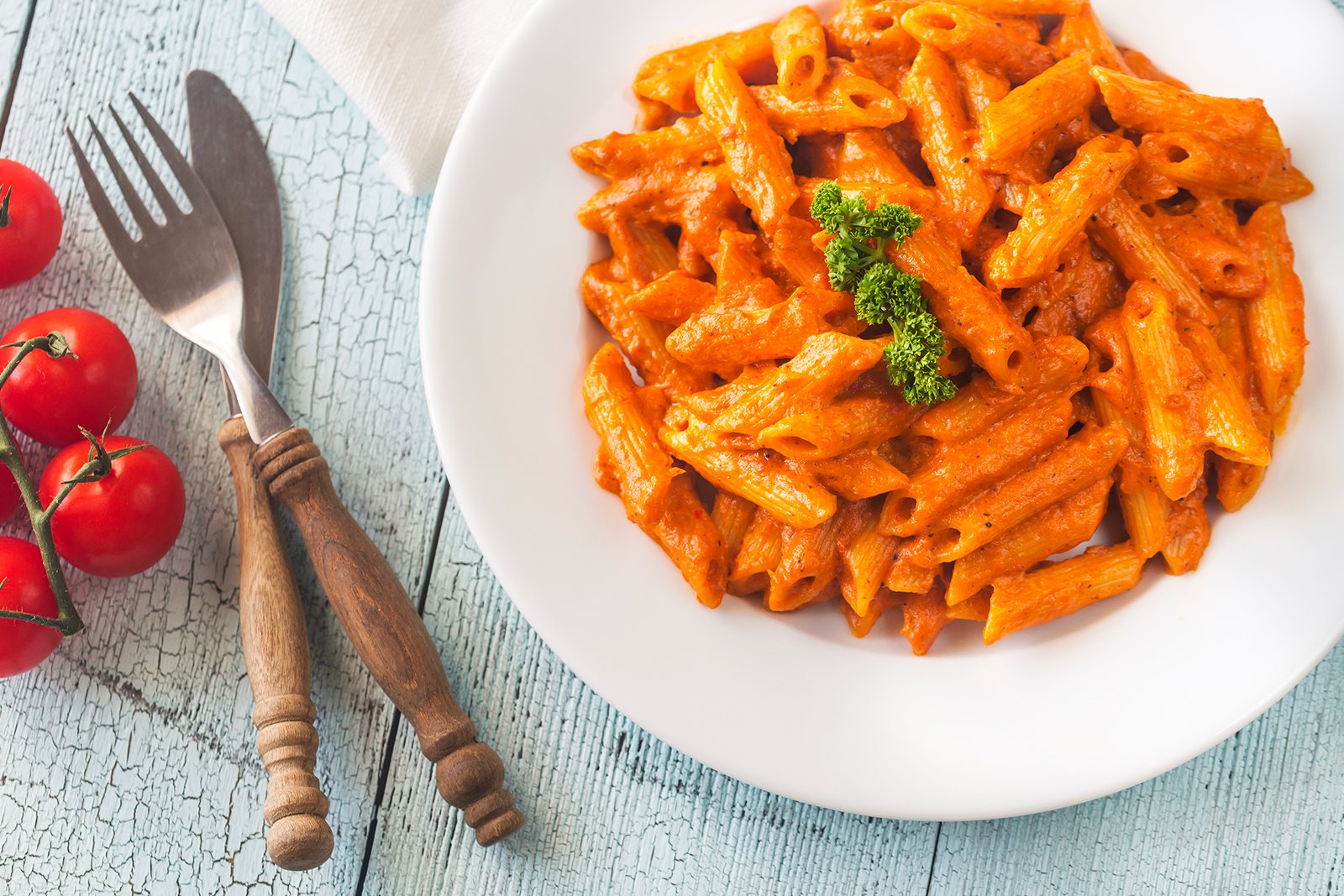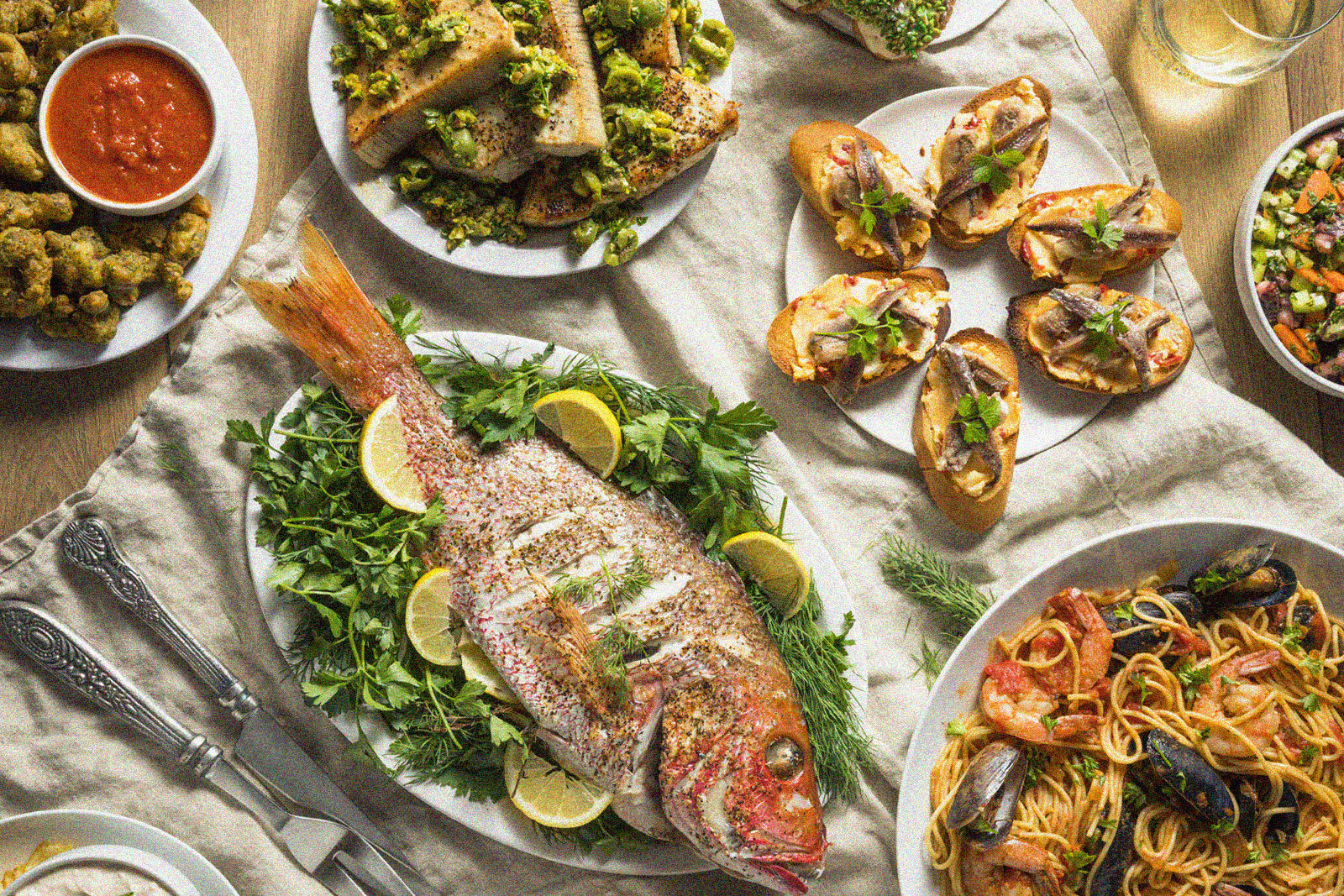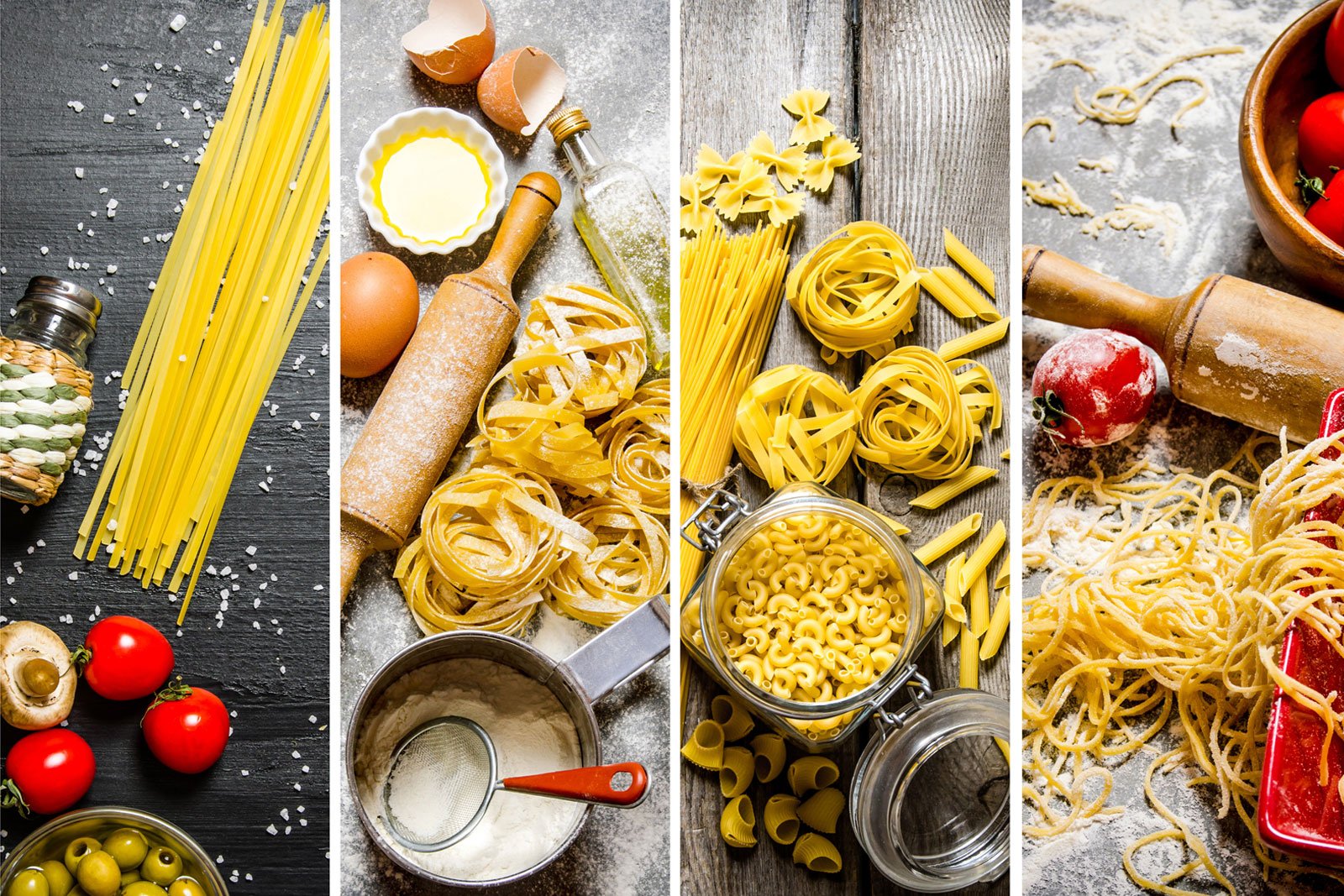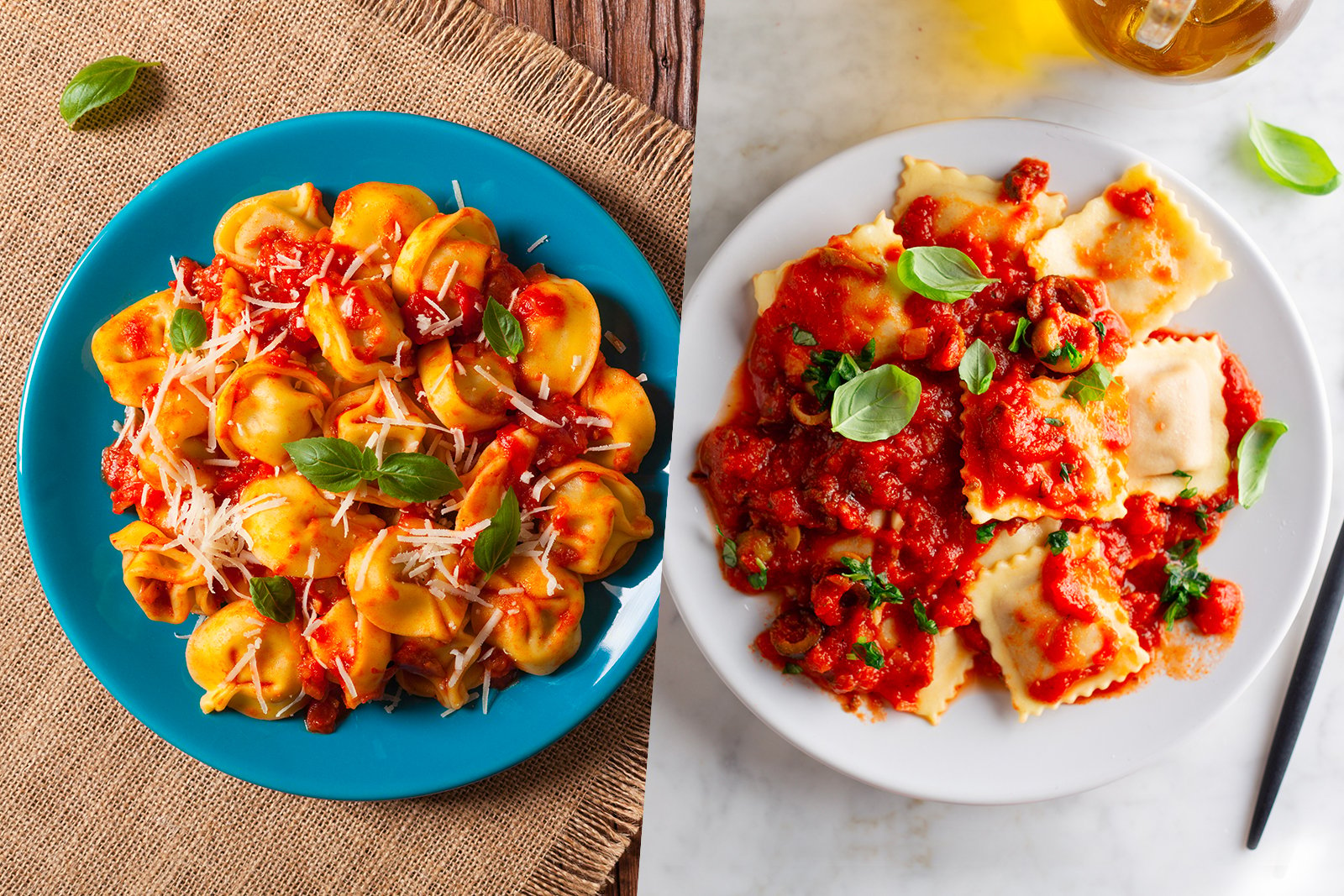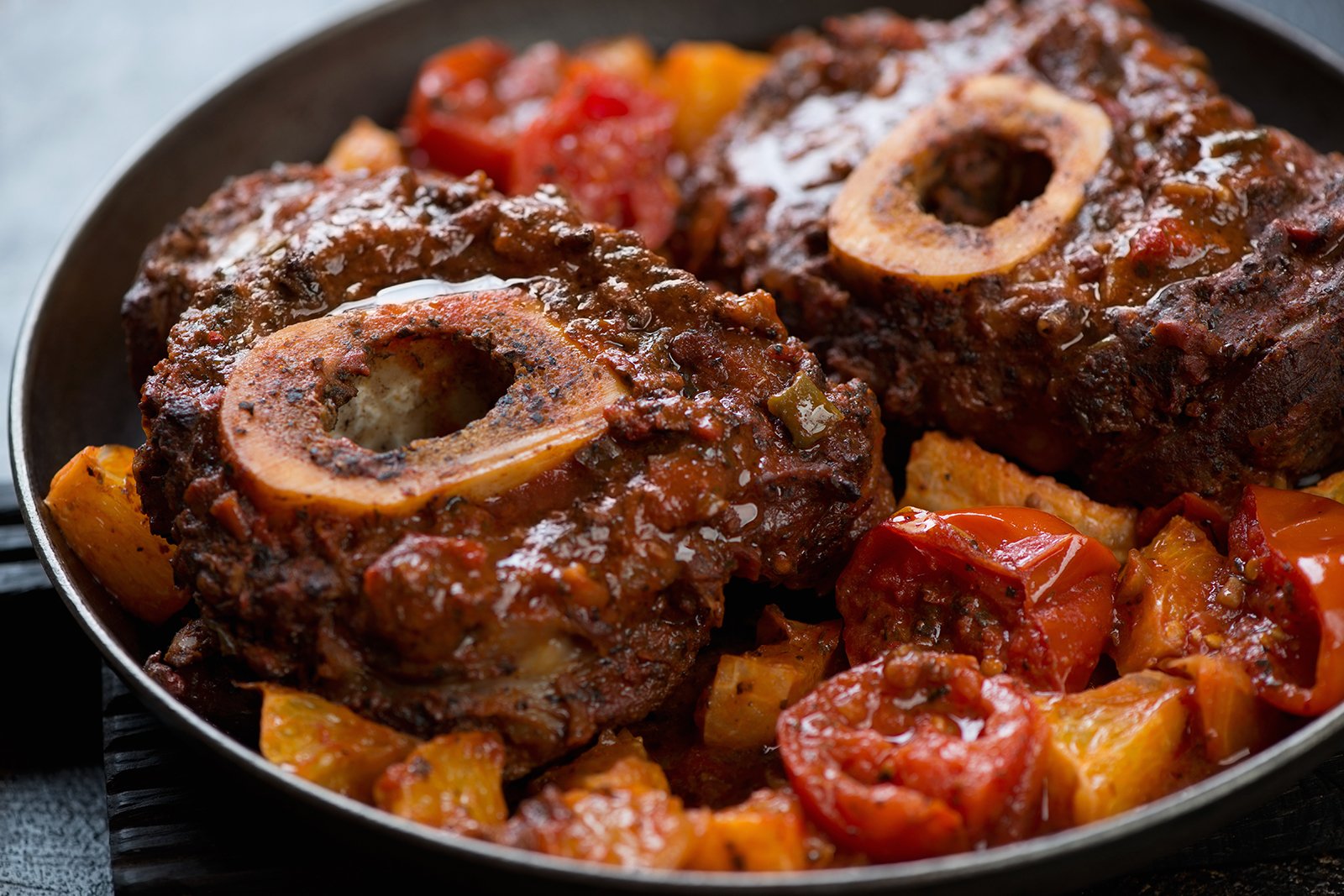One of the most unfairly maligned pizza toppings—besides pineapple—is easily the humble anchovy. Indeed, very few pizza parties include “pizza with anchovies” amongst other toppings like pepperoni or plain cheese. In fact, proprietors at certain pizza joints will answer with an incredulous “really?” after you place your order of “one large pie with anchovies, please.”
The backlash suffered by these tiny, salty, flavor bombs is truly one of the greatest shames of modern society—that might seem like hyperbole, but not to those of us with a true affinity for anchovies and cuisine in general. The mere mention of anchovies makes some people contort their faces in utter disgust. Meanwhile, chances are the people who react so strongly against anchovies are the ones who haven’t even tried the fish once in their life.
Savory italian cuisine goes beyond sausage and meatballs. It’s time to dive into the world of anchovies and discover what the haters are missing out on and why it’s quite possible Italy’s favorite fish.
What Are Anchovies?
Called “alici” or “acciughe” in Italian, anchovies belong to the blue fish (pesce azzurro) family of fish, and boast a high oil content because the large amount of fat in their flesh. Anchovies, measuring at about 1 to 4 inches in length, are abundant throughout the Mediterranean Sea and through thousands of years have become a staple catch for Italian fisherman and a constant source of food for many humble seaside Italians. One of the more famous historical applications of anchovies was as an extremely expensive condiment called garum during the Roman Empire.
To you, anchovies might be intimidating slivers of canned fish, buried deep in the back of your kitchen cabinet for as long as you can remember. In truth, anchovies are versatile ingredients that make their way into many savory preparations. Anchovies are pungent, intensely fishy and salty—possessing the fabled taste category of “umami,” the close-to indescribable “fifth taste” that goes beyond salty, sweet, sour, and bitter.
Umami is most closely related to “savory,” but it’s a savory sensation so utterly satisfying and pleasurable that its memory endures on your taste buds, making you go back for seconds even before you’ve finished the bite in your mouth. If you’ve heard of MSG (monosodium glutamate), that’s an umami flavor. But it’s at its most intense when found in natural food sources like Parmesan cheese, mushrooms, and certain fish, like anchovies.
Why Do Anchovies Have A Bad Reputation?
You might be asking yourself, “Well, if anchovies possess this mystical flavor known as ‘umami,’ why do so many people find them gross?” The short answer is closed-mindedness, but let’s give the people who claim not to like anchovies the benefit of the doubt. The main reason for the fish’s bad reputation might be the way it’s processed and packaged. For the most part, anchovy filets are cured, packed into barrels or other containers of salt for several months. When preserved in the salting process, the flesh of the fish, which is actually white and delicate when fresh, is transformed into the reddish brown hue most people identify with anchovies.
The fish is packed into flat tin cains or rolled in jars, sometimes coiled around capers. As shallow as it might seem, much of the negativity associated with anchovies might have more to do with looks than anything else. But the reality is, used properly, even canned anchovies can be amazingly flavorful.
The Best Ways To Enjoy Anchovies
Its poor reputation could also have a lot to do with the quality of anchovies we eat in the United States, and the fact that a lot of the exposure we get to anchovies is via those pizza joints. As delicious as a pizza with anchovies can be, it is, admittedly, not the greatest representation of the noble fish. The anchovies at the typical neighborhood pizza joint probably aren’t of the highest quality. Alas, more damaging to the anchovy is the intensely hot oven, which can concentrate the saltiness into an almost unpalatable mush of mealiness.
A much better option for an anchovy-laden pizza is to order your pie plain, and then scatter uncooked anchovies on top yourself. This method keeps the oily anchovies at peak flavor, while guarding against the unpleasant transformation that takes place in the pizza oven.
Other tasty options for anchovies include Caesar salad or puttanesca sauce, which call for the addition of anchovies in various recipes. You can also make a delectable olive tapenade with anchovies that’s perfect for smearing on crusty Italian bread. There’s a reason why these tiny fish are prized by chefs around the world for all their brininess, straight funk, and incredible versatility. If you want to add an umami punch to sauces, rubs, dressings, and dips, anchovies should be your catch of the day.
Reel In Anchovies With Paesana!
As stated above, one of the best ways to use anchovies in a recipe is in the Italian classic, puttanesca sauce. Starting with a base of Paesana Marinara, Tomato Basil, or Sicilian Gravy sauces, incorporate garlic, olives, red pepper, and capers—all robust enough to stand up to anchovies—for a sauce that’s hearty, flavorful, and packed with layers of intense flavors.

